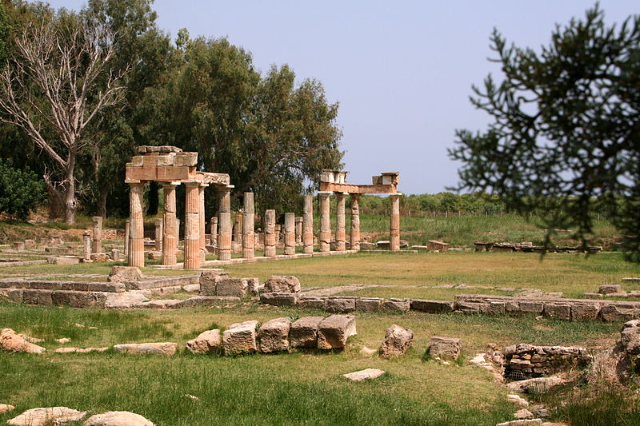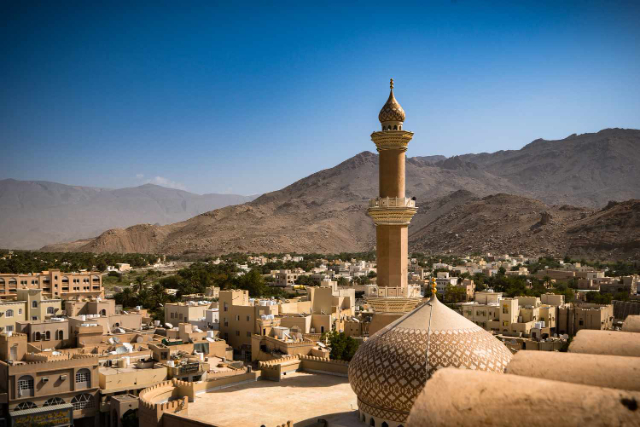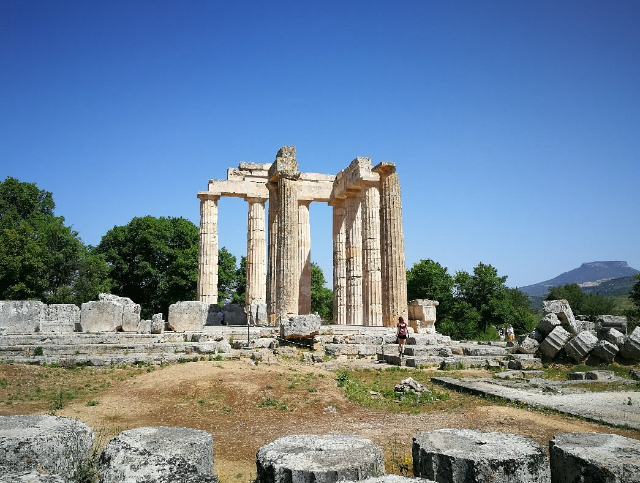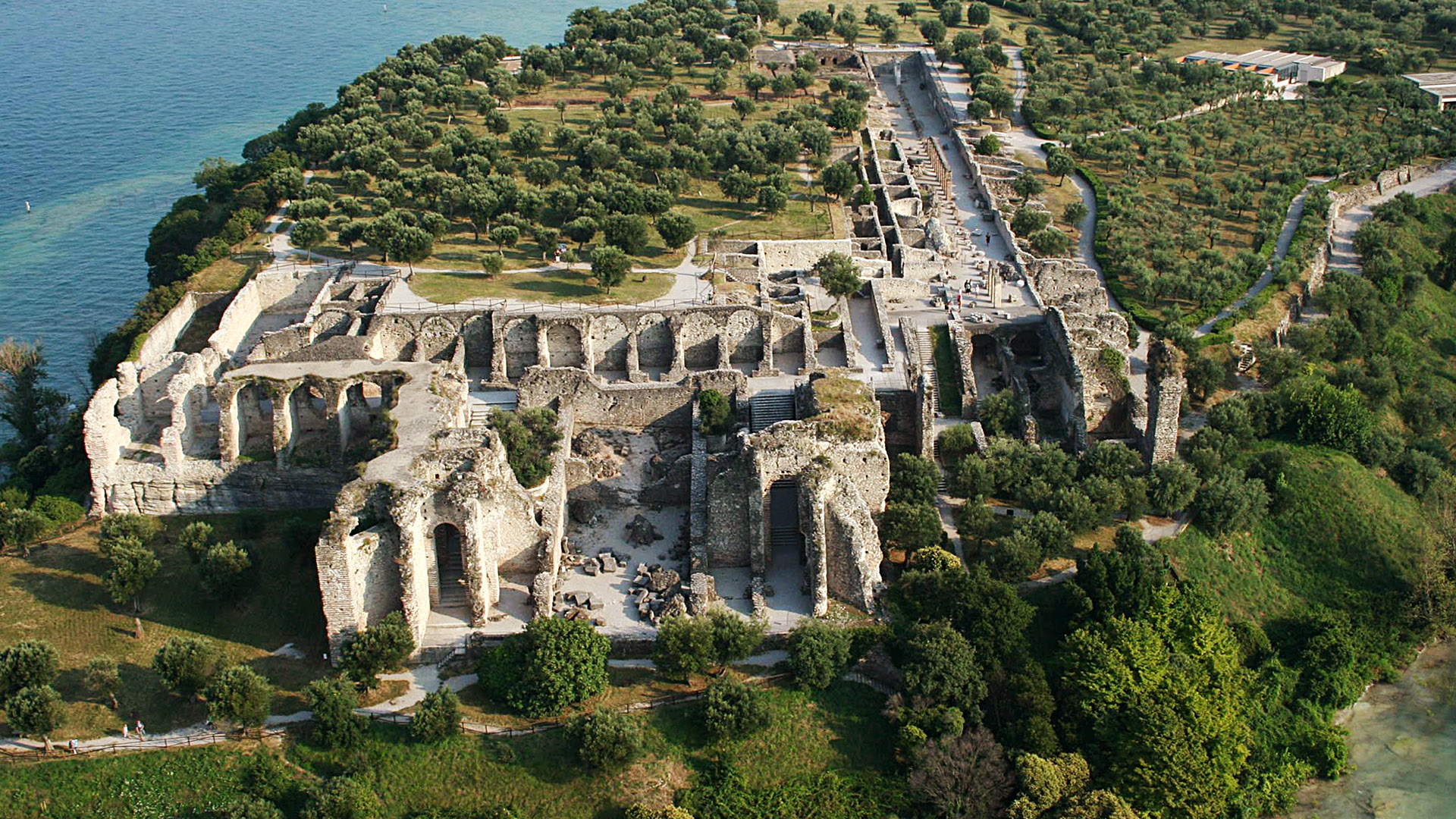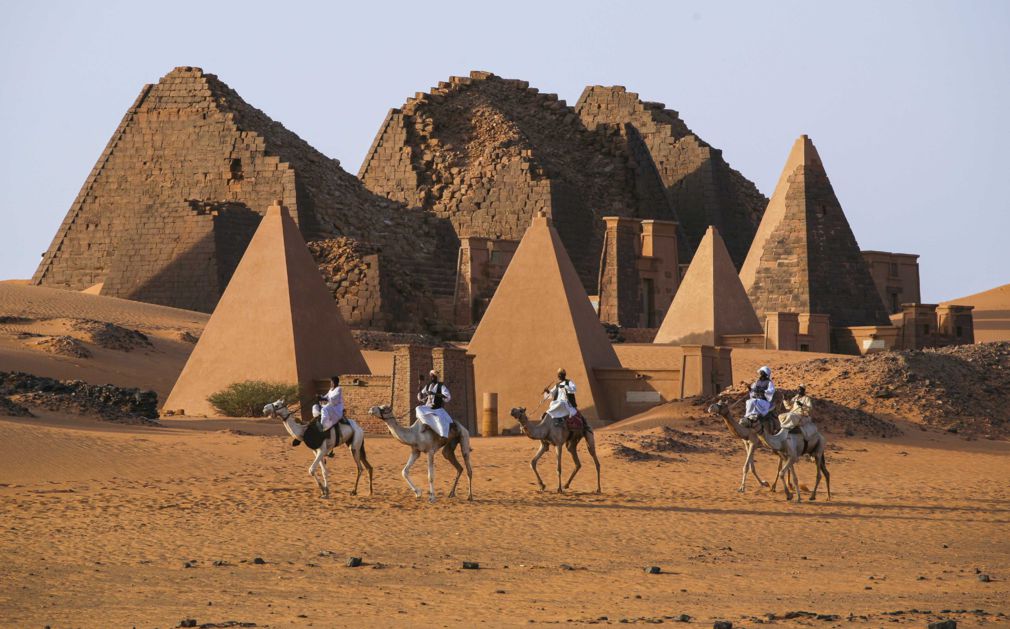The Temple of Artemis Brauronia in Markopoulo Mesogeas, a suburb southeast of Athens, is a treasure trove of cultural, historical, and spiritual significance that beautifully juxtaposes the ancient world against the modern. This gem is more than just ruins and weathered stones; it is a repository of beliefs, rituals, and a lifestyle that were integral to ancient Greece. As a visitor, you don’t just see the temple; you experience it, almost hearing the footsteps of ancient worshippers echoing in its sacred grounds.
An Evocative Historical Canvas
When you first encounter the temple, you’re transported back to a time where the divine and the mortal intersected in the everyday life of the ancient Greeks. Built in the 6th century BCE, the temple once thrived as an important religious center. While much of the original structure has yielded to the ravages of time, the remaining Doric columns, altars, and inscriptions whisper tales of a bygone era. You might wonder about the kind of incantations that were muttered, the sacrifices offered, and the unvoiced prayers that permeated the air.
A Nod to the Doric Grandeur
Architecturally, the temple is predominantly Doric, which was the choice for many religious structures in ancient Greece. The Doric style is known for its simplicity, strength, and function over form, and the Temple of Artemis Brauronia embodies these elements. Even in its ruined state, the temple exudes a silent but overpowering magnetism. Its remnants serve not just as aesthetic marvels but also as historical texts that offer clues to the ceremonies and rituals performed within these precincts.
Rituals and the Cultural Milieu
One of the most remarkable aspects of the temple is its emphasis on the cult of Artemis, the goddess of the hunt, wilderness, and childbirth. In this sanctuary, Artemis assumed a localized role as the protector of women and children, which is evident from the Brauronia festival. Imagine young Athenian girls dressed in saffron robes, giggling and talking, as they engage in rites that are both mysterious and innocent. These rites were not just religious practices but were part and parcel of the social fabric of ancient Athens, reflecting the mores, norms, and even the politics of the time.
Artefacts: Windows to the Past
Excavations around the site have unearthed numerous artifacts like pottery, sculptures, and inscriptions. These objects serve as silent but potent narrators, each telling a story that adds a new layer to our understanding of this mystical place. Local museums house these precious finds, acting as curated spaces where the past converses with the present, each learning from the other.
Beyond the Temple: The Allure of Markopoulo Mesogeas
While the temple itself is a wondrous site to explore, the surrounding area of Markopoulo Mesogeas adds more hues to your experiential palette. The region is also known for its scenic vineyards and offers a vibrant modern culture that complements its ancient background. It’s as if the divine energies of the old temple have percolated through the soil to create an environment rich in both natural beauty and human enterprise.
Confluence of Worlds
Today, the Temple of Artemis Brauronia stands as a serene counterpoint to the clamor of modern life. A visit is like stepping into a liminal space where past and present, sacred and secular, beauty and decay coexist. It offers a multisensory experience that appeals to history buffs, spiritual seekers, and even the casual tourists who chance upon it. In a world increasingly inclined toward the new and the now, this temple reminds us that the whispers of the past still have much to teach us.
In summary, the Temple of Artemis Brauronia is not just a must-visit destination near Athens. It’s a journey back in time, a spiritual pilgrimage, and a study in contrasts that enriches our understanding of humanity’s intricate relationship with the divine.
